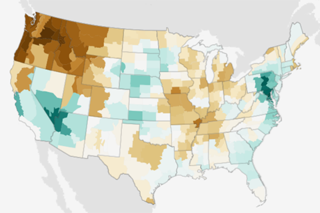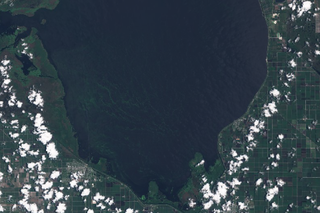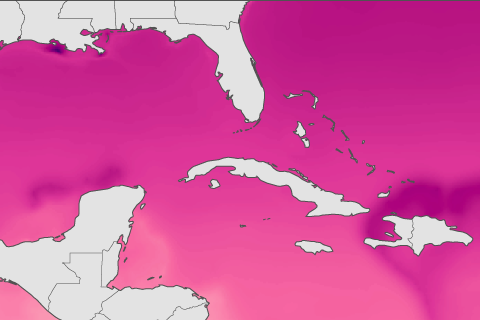
In addition to carbon dioxide emissions, seasonal changes can alter ocean acidity. Higher ocean acidity can impact people's food, income, and industry.
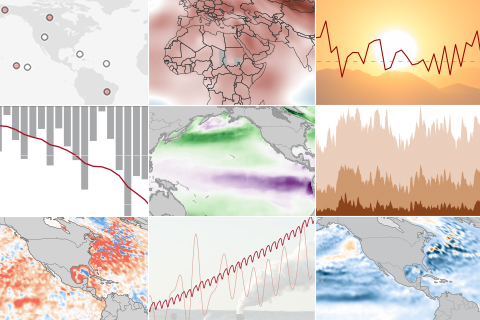
See highlights from the 2017 issue of the planet's most comprehensive annual physical, the American Meteorological Society's State of the Climate report.
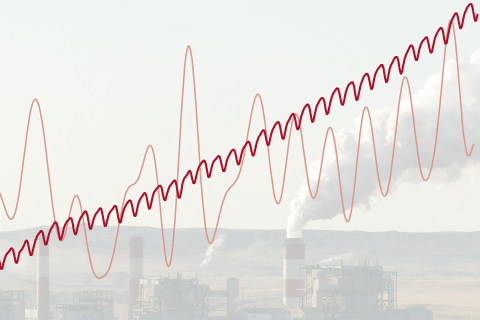
Global atmospheric carbon dioxide reached 405.0 parts per million (ppm) in 2017, a new record high. In the 1960s, the global growth rate of atmospheric carbon dioxide was roughly 0.6 ppm per year. Over the past decade, however, the growth rate has been closer to 2.3 ppm per year.

In a sidebar to the State of the Climate in 2017 report, experts describe how human-caused climate change is leading to longer, more damaging fire seasons in the evergreen-dominated boreal forests of Alaska, Canada, and Eurasia.
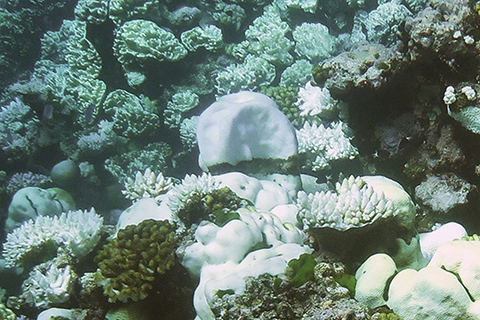
As part of the State of the Climate in 2017 report, experts describe a record three-year-long episode of mass coral bleaching at tropical reefs worldwide. Previous global bleaching events required the presence of El Niño, but the devastating 2014–2017 event began before El Niño emerged and continued long after it ended—implicating human-caused global warming in the mass die offs.
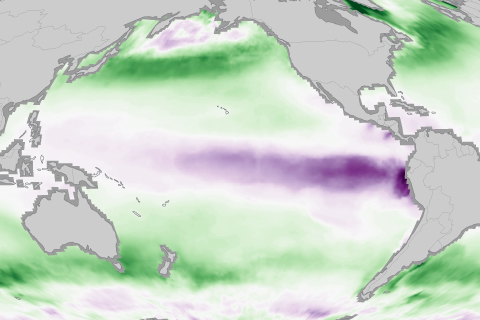
The ocean absorbed a net 2.6 billion tonnes of carbon from human activities, which is 36% higher than the 2005-2015 average. While ocean carbon uptake slows atmospheric warming, it also continues the trend of ocean acidification, which stresses shell-building creatures and other ocean life.
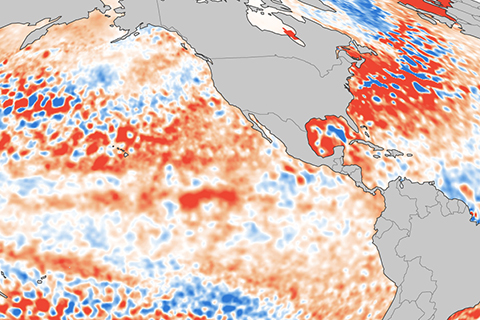
The heating imbalance in Earth's oceans reached a new record high in 2017. From 1993–2017, the ocean has accumulated 0.36–0.40 watts of heat per square meter in the top 700 meters and another 0.19–0.35 watts per square meter at depths between 700–2,000 meters.
